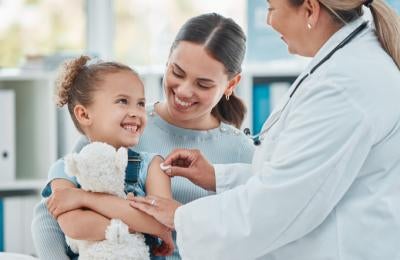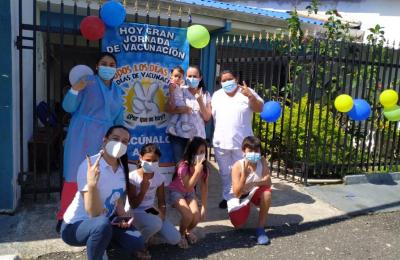Quantification of the burden of chronic kidney disease in Latin America: an invisible epidemic
Objective
1) Describe the burden of chronic kidney disease in Latin American countries between 1990 and 2019; and 2) Estimate the correlation between disability-adjusted life years (DALYs) and the Sociodemographic Index and the Healthcare Access and Quality Index












